Major Power Relations
Your Present Location: PROGRAMS> Major Power Relations-
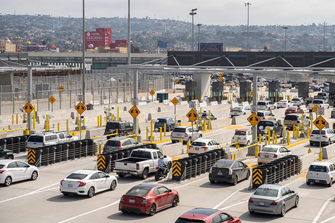
William Jones: Despite a trade agreement, Trump threatens Mexico with new tariffs
U.S. President Trump seems almost obsessed with his newfound ability to get his way using tariffs as a weapon. Concerned with the continued flow of migrants on the U.S. border with Mexico, which he blames on Mexico's rather limited ability to prevent migrants from coming through their country to the U.S. border, he is now threatening Mexico with a five percent tariff starting on June 10.
2019-06-06 -
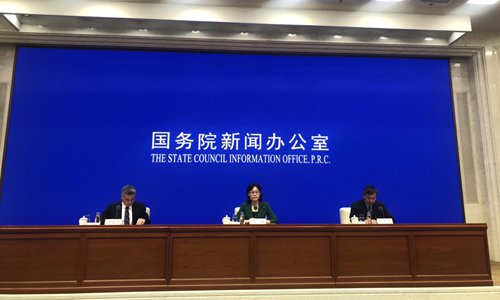
China issues warning over traveling to US
One day after China issued a warning over studying in the US, two of the country's key ministries on Tuesday issued another alert over travel to the US, the latest measure to counter the negative consequences Chinese people are facing after the escalation of the US-initiated trade war, which has spread beyond broad economic measures to target the technology, education and tourism sectors.
2019-06-05 -
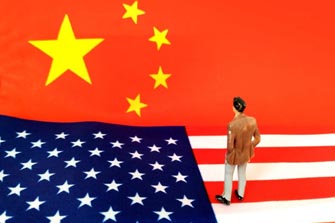
Academics fear Trump's policies will stifle international cooperation
President Donald Trump's protectionist trade conflict with Beijing has recently spilled over into academia with the dismissal and even detention of scientists with Chinese links who have long worked and studied in the United States.
2019-06-05 -
Security condition improved, but not taking it for granted
On the afternoon of May 11, the Pakistan Military Public Relations Department (ISPR) issued a message that at least three terrorists muscled into the Pearl Continental hotel but was challenged by hotel guards. In the exchange of fire, one security guard was killed.
2019-06-05 -

China issues alert over studying in US
Amid recently tightened US visa policies for Chinese students and scholars on the grounds of a national security threat, China's Ministry of Education (MOE) warned on Monday of the risk of applying to study in the US, which was widely seen as another countermeasure against the US following the entity list.
2019-06-04 -
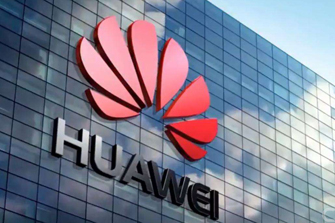
He Weiwen: How Trump's Extreme Pressure on China is Backfiring
US President Donald Trump said recently on Twitter that Huawei could be part of a potential trade deal. In other words, America’s recent outright ban on Huawei was not truly done for national security reasons — there was no evidence supporting the allegations — but rather as a bargaining chip to help get “a great deal” with China.
2019-06-04 -
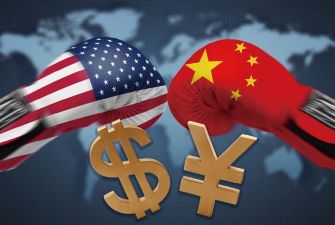
China will never surrender to America
Wang Peng told the bloomberg media that China will not surrender to American pressure. China is willing to negotiate with America in tackling trade rows with America, but also determines to fight its corner to the end.
2019-06-03 -
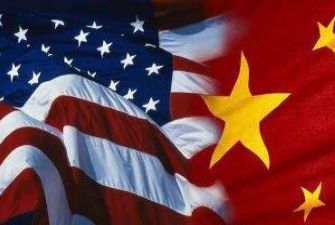
US Pressure on China Has Turned it Into a 'Steel Rod That's Impossible to Bend’
China has demonstrated that it is not planning to surrender its positions to the United States. The future of 5G networks is in its hands.
2019-06-03 -
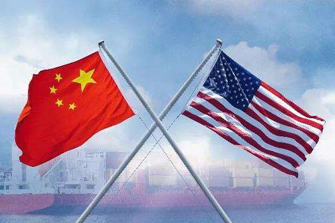
Zhao Minghao: US has shot itself in the foot by escalating trade war
As the US has recently tightened the screws on tariffs and as talk of a "tech cold war" looms, the prospect of an agreement between China and the US appears gloomier.
2019-05-31 -
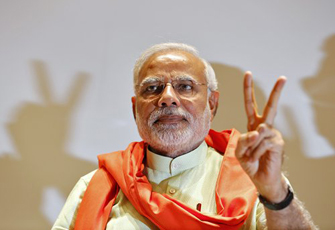
Ding Gang: Pros and cons of Modi as a strong politician
Indian Prime Minister Narendra Modi's thumping victory on May 23 reflects the power of nationalism in an ascendant nation. Such a sentiment led voters to re-elect Modi and vest their future in him.
2019-05-30 -

FTZ could be impetus for China-Russia trade, cooperation in new areas
Russia and China could establish a free trade zone (FTZ) of a limited size in the initial phase, as an answer to a rising tide of protectionism around the world, Chinese analysts said on Wednesday.
2019-05-30 -
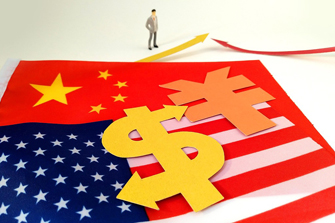
He Weiwen: Trade conflict suggests hard times ahead
The escalating China-US trade friction is unprecedented in the history of bilateral relations. True, when trade begins, trade friction begins, too. And the history of China-US relations since the establishment of diplomatic relations in 1979 has been a history of bilateral trade frictions. But the trade frictions in the 1980s were relatively small and less damaging.
2019-05-30 -
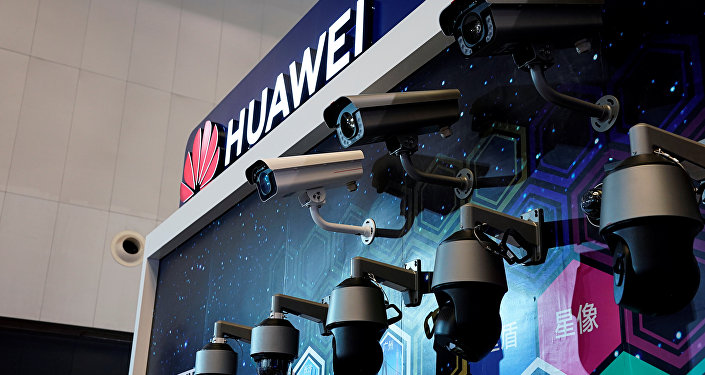
Huawei Threat Artificially Inflated by Radical US Politicians
The United States, while urging other countries to join sanctions against Huawei, is dividing the global community. As a result, the rest of the world unwittingly has become a hostage to the situation, and many American partners find themselves in an uncomfortable position.
2019-05-29 -
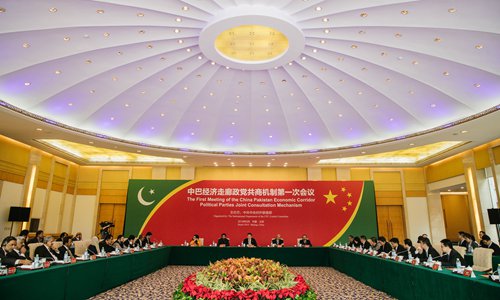
Projects agreed to boost ties as Chinese VP visits Pakistan
China-Pakistan cooperation in the next phase will focus more on benefiting people through local projects that improve livelihood along the China-Pakistan Economic Corridor (CPEC), Chinese experts said on Monday as Chinese Vice President Wang Qishan was visiting Pakistan and the two countries boosted their cooperation on multiple projects.
2019-05-28 -
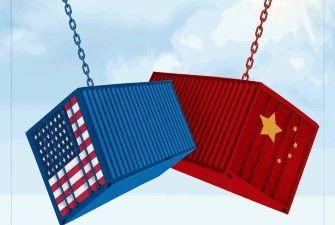
The "May 4" Spirit: Why China Refuses to Surrender on Trade
With China-US trade negotiations suffering a new setback, international public opinion is increasingly pessimistic about the prospect of the two countries reaching an agreement and concluding the trade war. The Trump administration has not only decided to raise tariffs on about $200 billion worth of Chinese exports from 10 percent to 25 percent, but is also preparing to impose a 25-percent tariff on another $320 billion worth of goods. The Chinese side has announced it will take necessary retaliatory measures in response. Chinese official media outlets, such as the People's Daily, have published a series of articles, emphasizing that China is not afraid of US pressure, and will fight till the end if the US wants to continue the trade war. Beijing's rseponse was tougher than expected.
2019-05-28 -

US 'blind’ to China’s help for Tibet Autonomous Region
As his trip to Tibet ended Saturday, US Ambassador to China Terry Branstad made unconstructive remarks that interfered with China's internal affairs, Chinese observers noted Sunday, saying that the US is blind to the successful development of the region.
2019-05-27 -
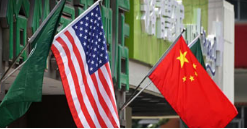
Wang Wen: Time is on China’s side in trade talks with US
The US recently acted unilaterally to impose tariffs on Chinese exports. The international community generally believes that imposing tariffs will not solve problems and will have a negative impact on the world economy.
2019-05-24 -
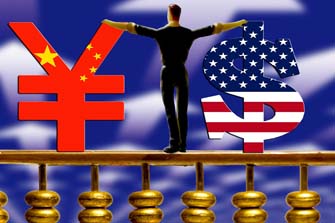
Zhao Minghao: Better to stop the trade conflict before it's too late
In addition to announcing a 25-percent tariff on almost all Chinese exports to the U.S., Washington has gone all out to campaign against China's Huawei and tried to cut off U.S. companies' supply of high-tech products to China.
2019-05-24 -

US accusation against Chinese-made drones groundless
China's largest drone-maker DJI said on Tuesday its customers have full and complete control over how their data is collected, stored and transmitted, in response to US government accusations of the company sending sensitive data to China.
2019-05-22 -
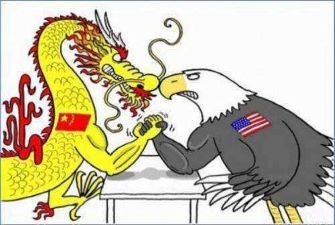
China hits back at US threats, vowing ‘necessary’ countermeasures
China on Wednesday night hit back at repeated threats by US officials to slap higher tariffs on billions of dollars' worth of Chinese goods, vowing that it will take "necessary" countermeasures if forced.
2019-05-21























































































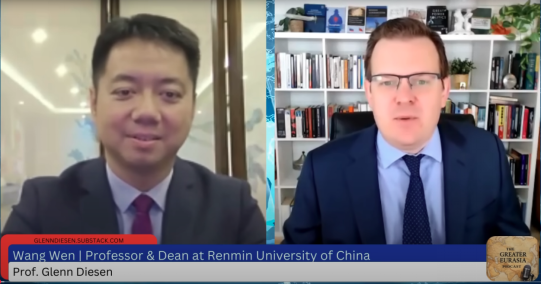
 京公网安备 11010802037854号
京公网安备 11010802037854号





